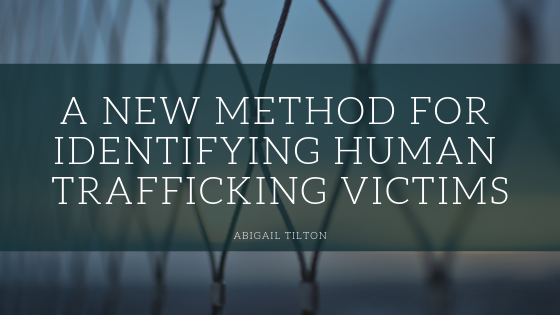Every year, millions of men, women, and children are victims of human trafficking. As one of the most profitable forms of transnational crime, human trafficking can be difficult to detect and remains a largely hidden crime. In addition to it being difficult to detect human trafficking, very rarely will victims come forward to seek help, due to a variety of dangerous circumstances and mistrust. However, a new tool developed by researchers from The University of Texas Health Science Center at Houston and Baylor College of Medicine may change the ways we seek to identify human trafficking victims.
Human trafficking includes any means in which a human is recruited, transported, harbored, or received without consent and by use of threat, force, or coercion. Extortion in any way through deception or abuse of power in return for payments is illegal. Human trafficking should be seen as a form of modern-day slavery, and while most often people associate trafficking with women who are forced into prostitution, there are many other aspects that trafficking encompasses. Men, women, and children are also sold for labor, services, and other exploitive means.
Suffering from extreme trauma and mistrust, victims of human trafficking often have a difficult time coming forward and sharing their experiences. Other factors such as language barriers and fear of traffickers and law enforcement can play a role in the difficulty of identifying victims. Because of this difficulty, researchers have developed a new method of identifying and caring for victims of human trafficking.
Typically, a psychosocial assessment is administered to individuals to determine the possibility of trafficking. However, the lack of specific inquiry often fails to identify victims accurately. The new screening method developed by researchers involves a process for identifying victims by asking specific questions related to human trafficking during an assessment. The primary goal of this process is identifying exploitation and risk factors. The assessment was studied on participants at Covenant House Texas, the largest shelter for homeless in Houston. The screening tool has proved to be more accurate at identifying sexual and labor exploitation of youth and has provided unique insight into the risk factors associated with being trafficking. Additionally, it can better help professionals determine what services are needed to best meet the needs of those affected.

